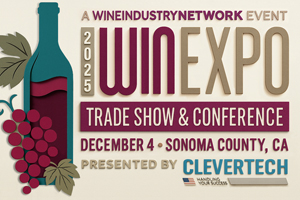2419 E. Winston Road, Anaheim, CA, United States of America, 92806
Feeds

Loading feeds please wait a moment
About
Premium Wine Labels That Elevate Your Brand
At AWT Labels & Packaging, we specialize in crafting high-impact, premium labels that help wineries tell their stories with distinction. With the combined expertise of ASL Print FX and Labeltronix, we deliver award-winning solutions tailored to the unique demands of the Wine & Spirits industry.
Our capabilities include pressure-sensitive labels, shrink sleeves, and a wide range of premium embellishments such as foil stamping, embossing, and silkscreen printing—all designed to enhance shelf presence and communicate quality. We also offer eco-friendly material options, including post-consumer recycled content, FSC®-certified stocks, and 100% recycle-ready constructions.
From bold designs to sustainable innovations, AWT Labels & Packaging is your trusted partner in bringing wine labels to life.
Contact
Contact List
| Title | Name | Phone | Extension | |
|---|---|---|---|---|
| AWT Labels & Packaging | info@awtlabelpack.com | (612) 706-3700 | ||
| General Manager | Shawn Plunkett | info@labeltronix.com | 800-429-4321 | 154 |
Location List
| Locations | Address | State | Country | Zip Code |
|---|---|---|---|---|
| AWT Labels & Packaging | 2419 E. Winston Road, Anaheim | CA | United States of America | 92806 |



